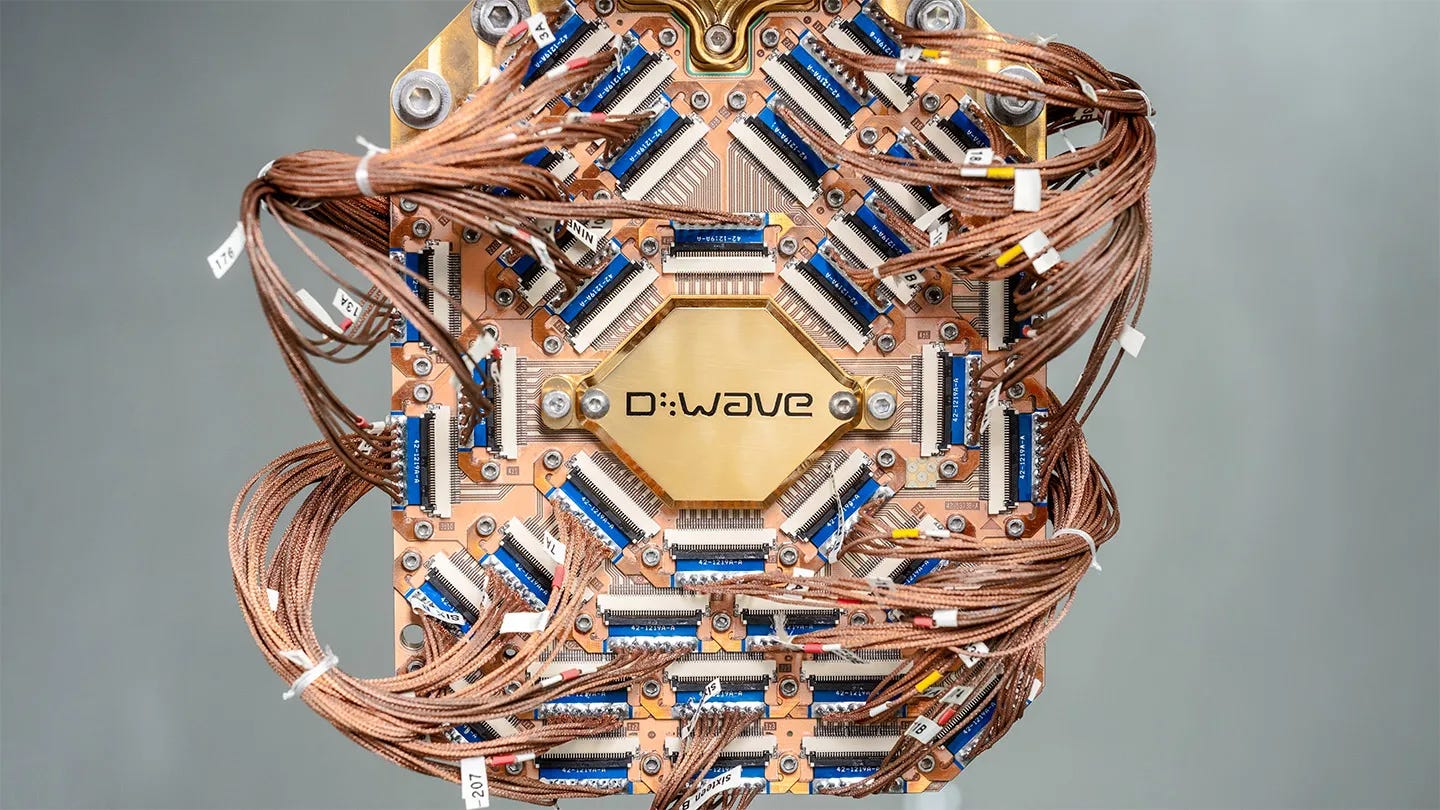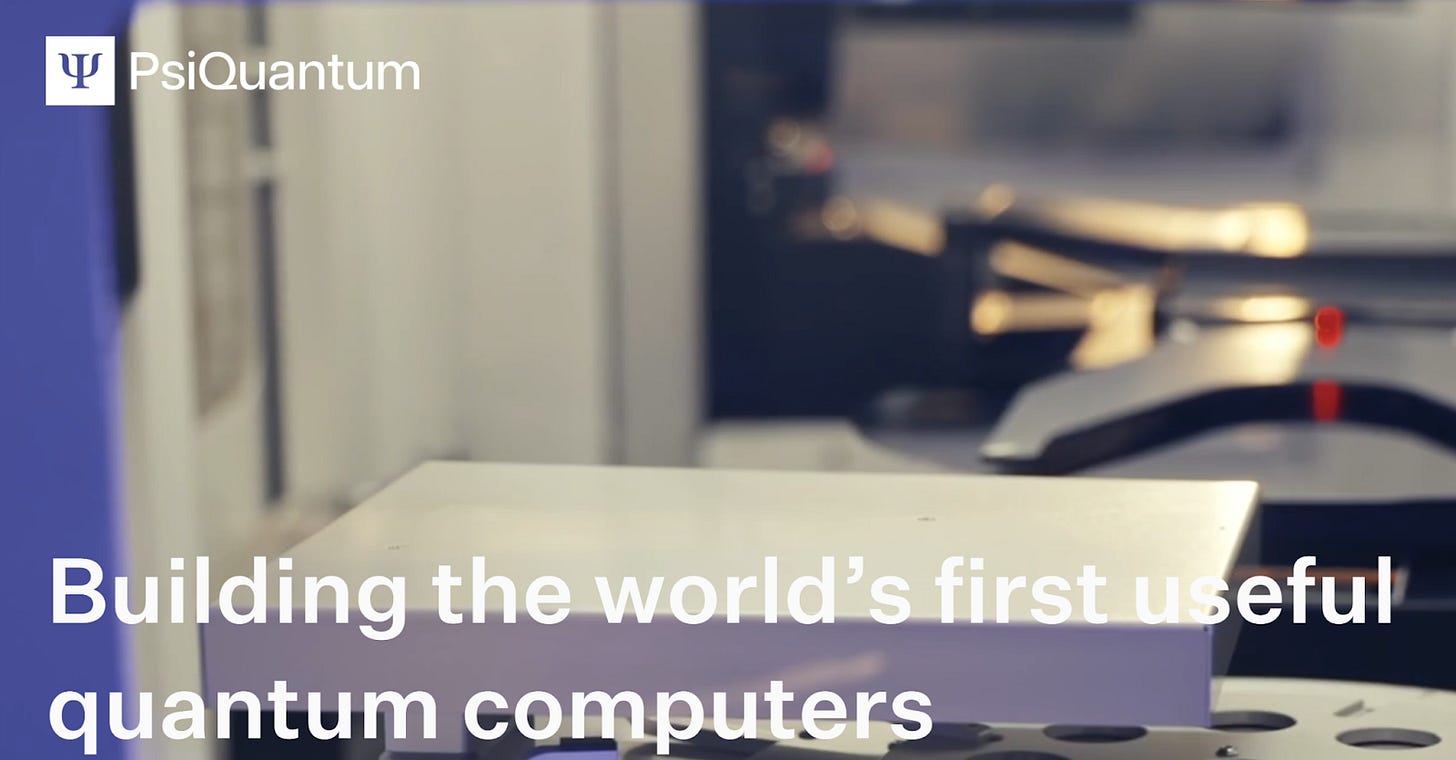D-Wave Quantum Advantage Claim Faces Further Criticism
Image: D-Wave.
Last year, quantum computing firm D-Wave claimed to have achieved quantum advantage with a simulation on their quantum annealer. This system, which uses several thousand qubits, differs from the approaches used by Google or IBM in that it is not a universal quantum computer. It is a special-purpose machine, designed for a subclass of problems. The particular problem that they solved in this case is to calculate some properties of interacting atomic molecules. It has no direct practical applications.
Their claim that they had achieved a computation that would have taken millions of years on a supercomputer within seconds has now been published in Science. At the same time, the achievement has been criticized by other researchers who claim that the calculation could have been done on a conventional computer. D-wave maintains that while some aspects of the problem could be solved on a conventional computer, the quantum simulation is necessary to calculate the more complex situations.
Personally, I think it’d be surprising if D-Wave’s system did not have a quantum advantage for some types of simulations. Whether the simulations for which it has an advantage actually have practical use is another question entirely.
And The Most Confusing “Technofossil” Is…
What will future paleontologists make of the remains of our civilization? Two scientists from the University of Leicester, UK, have studied how present-day technologies are likely to fossilize. They say that one of the most durable and probably most confusing remains will be blades of wind turbines. While the towers are made of metals that can be recycled, the blades are made of materials like fibreglass and epoxy resin that are difficult to reuse yet fossilize easily. They have summarized their findings in a book. Press release here.
Psi-Quantum Reportedly Producing Millions of Quantum Computing Chips
Pete Shadboldt, Chief Scientific Officer of the quantum computing firm PsiQuantum, said in an interview with Reuters that “right now” they are producing millions of chips for quantum computers. Two years ago, the company had already teamed up with the semiconductor producer GlobalFoundries, acquired factory grounds, and put forward a design plan for how to build a quantum computer with 1 million qubits – that is the approximate number at which quantum computers are expected to become commercially relevant.
PsiQuantum works with photons as quantum bits. The major challenge with this method is that the photons leak from the chips and one can’t calculate with what isn’t there. Personally, I am somewhat surprised that a company would start mass production before even having presented a single prototype, but maybe I’m old-fashioned.





